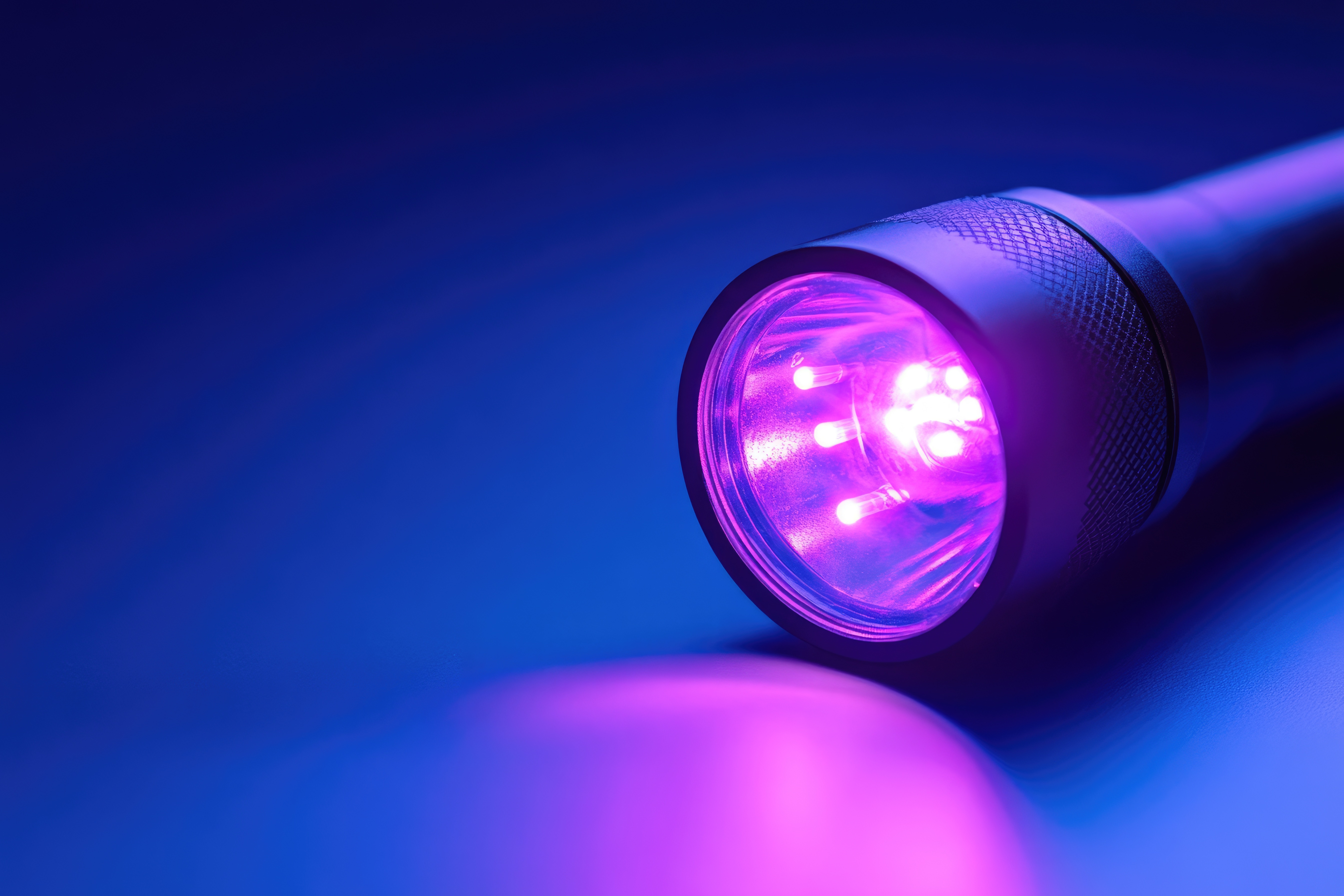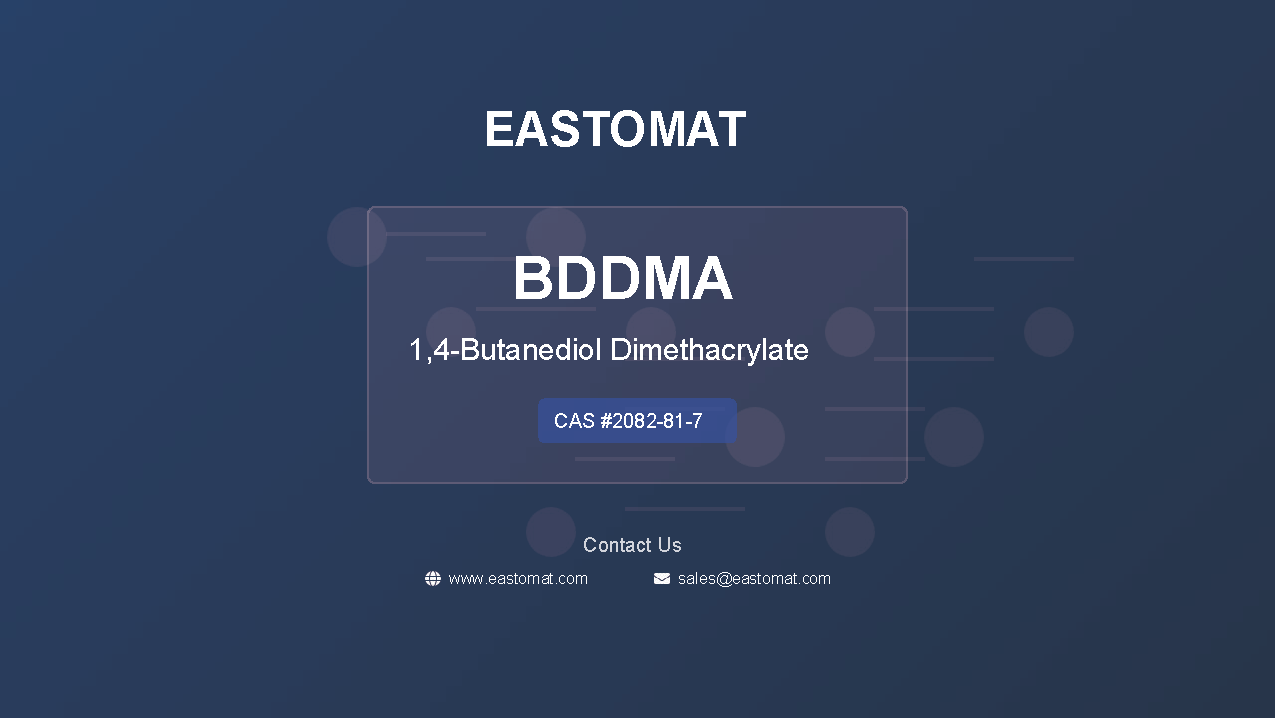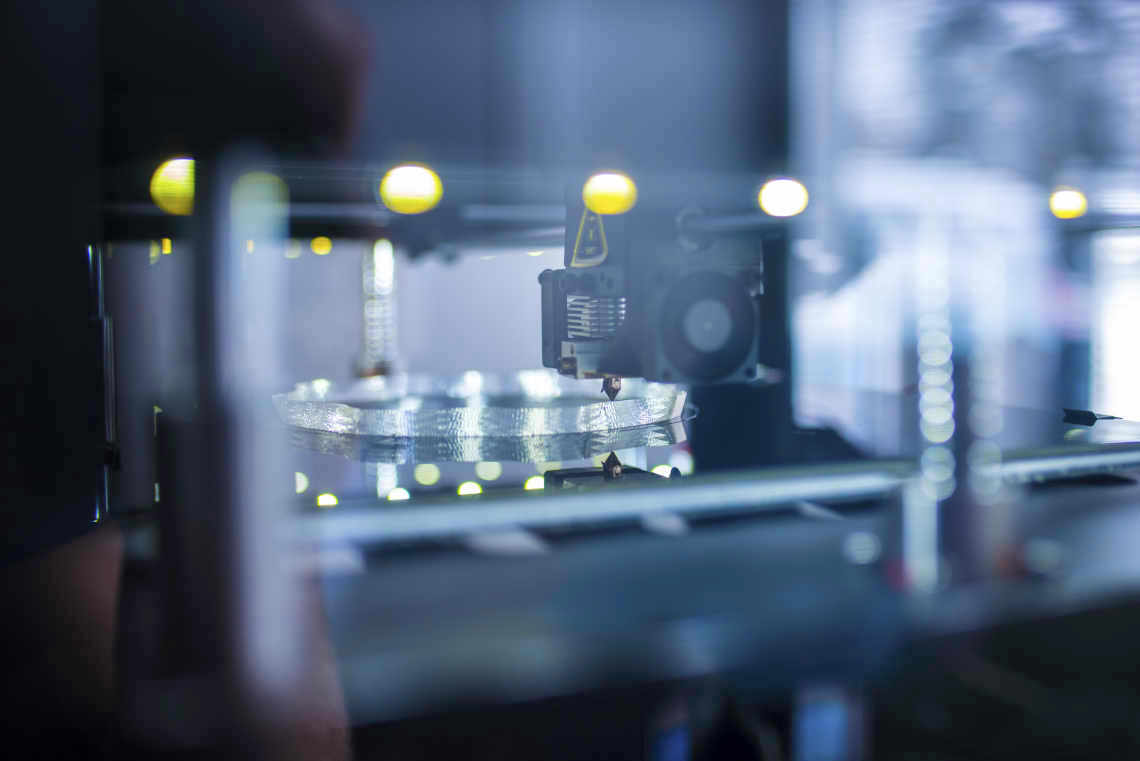Beyond the Reach of Light: A Deep Dive into Dual-Cure Technology and Its Application Prospects (Part 2)
Release time:
2025-07-04
Focus on Advantages: The Core Value of Dual-Cure Technology
Dual-cure technology is not a simple addition of two curing methods but achieves synergistic improvement in production efficiency and product performance through precise chemical design. Its core value is reflected at multiple levels.
Overcoming the "Shadow" Problem and Expanding Application Boundaries: This is the most fundamental value of dual-cure technology. It allows UV curing technology to break through the physical limitations of "straight-line propagation" and be successfully applied in the assembly of complex 3D geometric structures, opaque substrates, or multi-layer components. For example, in underfill and potting of electronic components, UV light cannot irradiate the area under the chip, while the secondary curing mechanism ensures complete curing of the adhesive in these critical areas, guaranteeing the product's electrical performance and long-term reliability.
Optimizing Production Process and Achieving Cost Reduction and Efficiency Increase: UV primary curing takes only a few seconds to complete the precise positioning and initial fixation of components. This means that the production line can eliminate a large number of jigs and fixtures and significantly reduce the waiting time for work-in-progress (WIP). Components can immediately flow to the next process, greatly improving production rhythm and automation levels. At the same time, secondary curing ensures a 100% cure rate, significantly reducing defect rates and rework costs caused by incomplete curing.
Improving Material Performance and Achieving "1+1>2": Dual-cure systems can create unique polymer structures that single-curing technologies cannot achieve. Taking the interpenetrating polymer network (IPN) formed by UV/thermal curing as an example, its comprehensive mechanical properties, such as toughness, fatigue resistance, and impact strength, are usually significantly superior to pure polyacrylate or polyepoxy networks. By precisely controlling the chemical type and ratio of the light-cured components and secondary cured components, R&D personnel can act like "molecular tailors" to customize the final performance of materials to meet specific requirements for hardness, flexibility, bonding strength, or temperature resistance in different applications.
Enhancing Process Flexibility and Design Freedom: Dual-cure technology gives product designers and process engineers greater creative freedom. When designing product structures, they no longer need to compromise to ensure that every bonding point can be exposed to UV light, and can focus more on achieving product functionality, aesthetics, and lightweight goals.
Horizontal Comparison: Selection Guide for Three Major Dual-Cure Systems
To more intuitively help users select the most suitable dual-cure technology based on specific needs, the following table provides a systematic comparison of the three mainstream systems across multiple key dimensions.
Characteristic Dimension | UV + Moisture Curing | UV + Thermal Curing | UV + Anaerobic Curing |
Curing Principle | UV light initiated polymerization + reaction with air moisture | UV light initiated polymerization + heat initiated polymerization | UV light initiated polymerization + oxygen deprivation & metal ion catalysis polymerization |
Core Chemical Components | Acrylate + Isocyanate/Silane | Acrylate + Epoxy Resin/Polyurethane | Acrylate + Anaerobic Monomer/Peroxide |
Secondary Curing Speed | Slow (hours to days), highly affected by temperature and humidity | Medium to fast (tens of minutes), controllable | Fast (minutes to hours), affected by substrate activity |
Required Conditions | Ambient humidity | Heating equipment (oven) | Oxygen isolation + active metal surface (or activator) |
Final Performance | Good flexibility, good adhesion, excellent weather resistance | High strength, excellent temperature/chemical resistance, dimensional stability | High bonding strength to metal, vibration resistance, chemical resistance |
Typical Applications | Electronic circuit board conformal coating, flexible electronic encapsulation, medical catheter bonding | Structural bonding, automotive interior/exterior, optical component fixation, high-end electronic encapsulation, 3D printing | Motor manufacturing (bearing fixation), metal thread locking, magnetic steel bonding, ceramic/glass to metal bonding |
Core Advantages | Simplest process, no additional equipment needed | Highest performance limit, wide range of applications | Outstanding metal bonding performance, high production efficiency |
Main Limitations | Slow and uncontrollable secondary curing, relatively moderate performance | Requires additional energy consumption and equipment, may introduce thermal stress | Primarily limited to metal substrates, sensitive to gap size |
Conclusion and Future Outlook
Dual-cure technology successfully breaks through the application bottleneck of traditional UV technology in "shadow areas" by exquisitely chemically integrating rapid "light curing" with reliable "secondary curing" mechanisms. It is not a simple superposition of two technologies, but rather achieves a harmonious unity and synergistic enhancement of production efficiency and final product performance through advanced formulation design. The choice of which dual-cure system to use ultimately depends on a comprehensive weighing of specific application scenarios, substrate types, performance requirements, and process costs : moisture curing, with its extreme process simplicity, is suitable for coating applications where curing speed is not critical ; thermal curing is the preferred choice for structural applications seeking ultimate mechanical performance and environmental resistance ; and anaerobic curing is an unparalleled efficient solution in the field of metal bonding and locking.
Looking ahead, the development of dual-cure technology will exhibit the following trends:
Exploration of New Chemical Systems: Researchers are dedicated to exploring faster, lower-energy secondary curing mechanisms, such as systems combining photocuring with click chemistry, aiming to achieve rapid and efficient shadow area curing at room temperature.
Driven by Sustainable Development: With increasing global emphasis on environmental protection and sustainable development, the development of bio-based, renewable dual-cure resins and monomers will become an important research direction to reduce the product's entire life cycle carbon footprint.
Expansion of Frontier Applications: In cutting-edge fields such as additive manufacturing (3D printing), microelectronic packaging, flexible wearable devices, and biomedical applications, dual-cure technology is playing an increasingly crucial role. For example, in 3D printing, UV/thermal dual-cure technology can produce components with both complex shapes and engineering-grade mechanical properties, which is difficult to achieve with single-curing technology.
Dual-Cure
Previous Page
Latest News
Get a Free Consultancy
NANTONG EASTO MATERIALS TECHNOLOGY CO.,LTD.

No.118,Zhujiang Rd.,Juegang St.,Rudong County,
Nantong City,Jiangsu Province,226400,China




 2025-07-04
2025-07-04






